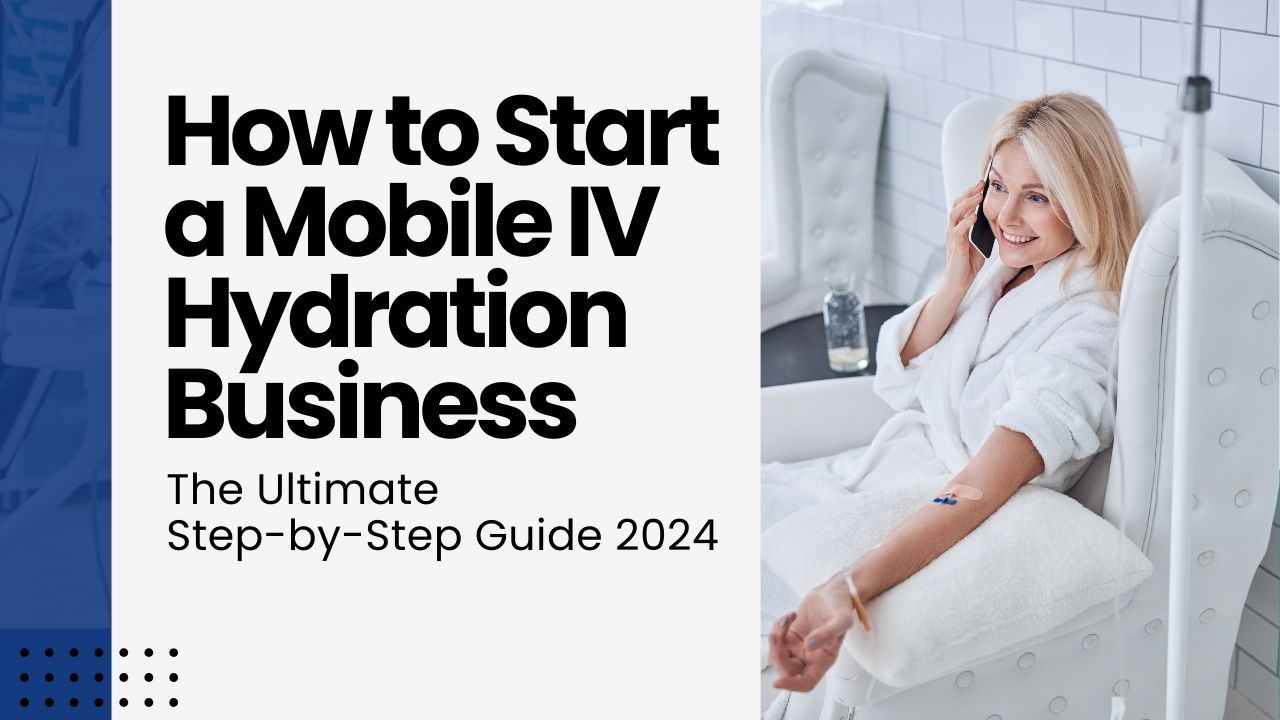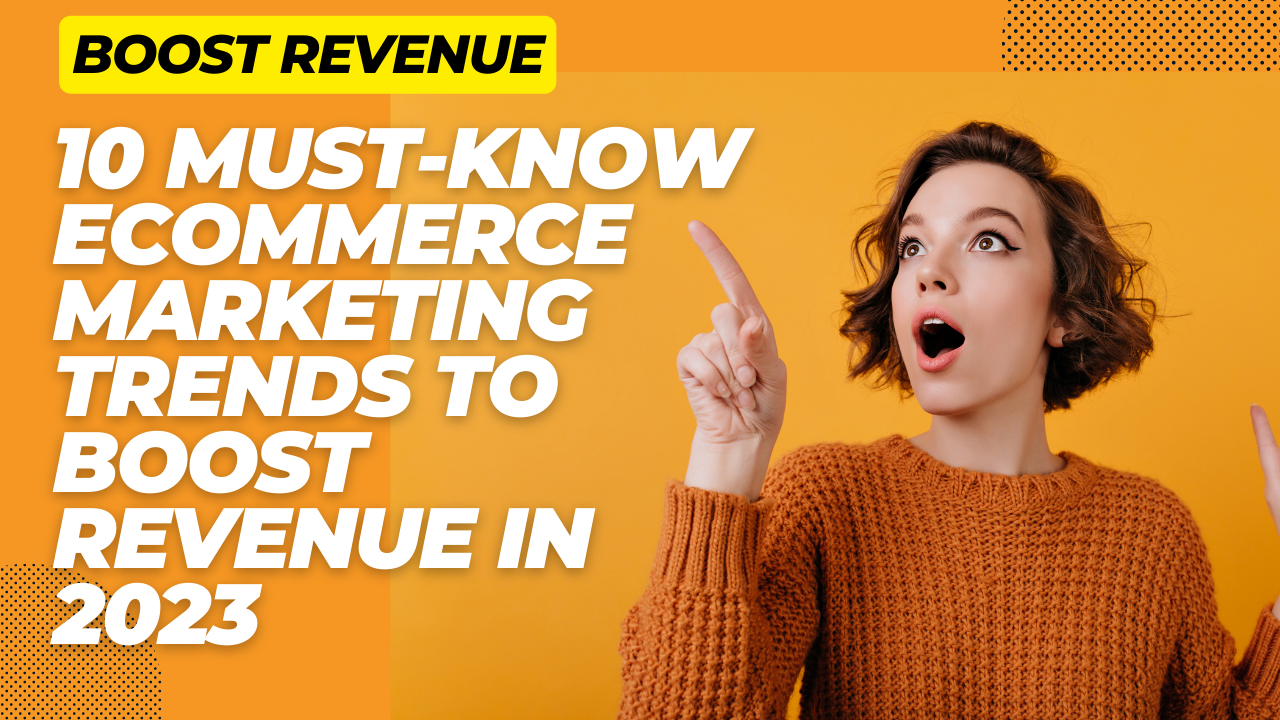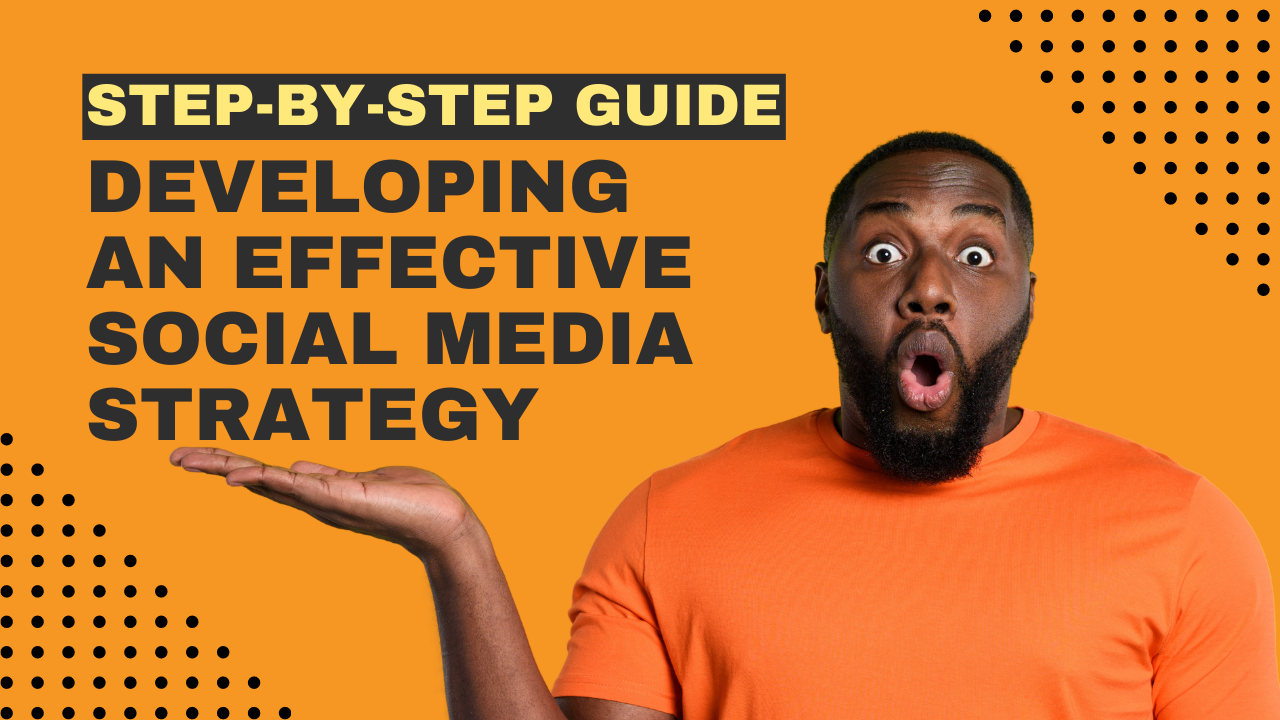Google's Helpful Content Update: What Content Creators Need to Know

Over the years, Google has become the most widely used search engine globally, and it's constantly altering its algorithms to provide a better user experience. One such change is the "Helpful Content Update," which focuses on quality and relevant content. If you're a content creator, it's essential to understand this update and how it affects your website's ranking. In this article, we'll break down what you need to know to ensure your website remains competitive in the age of Google's Helpful Content Update.
Understanding Google's Helpful Content Update
The Helpful Content Update aims to level the playing field for small content creators by prioritizing valuable content over technical SEO practices. In contrast to past updates, this one puts more emphasis on user intent and website content quality.
Google has been updating its algorithms for years, and each update brings its own set of changes to the way websites are ranked. The Helpful Content Update, which was rolled out in late 2020, is no exception. This update is designed to detect and reduce the visibility of websites that don't provide real value to their readers.
So, what does this mean for your website? If you're a small content creator, it's good news. The Helpful Content Update is designed to level the playing field and give smaller websites a chance to compete with larger ones. But, it also means that you need to focus on delivering high-quality content that provides real value to your readers.
A Brief Overview of Google's Latest Algorithm Update
The Helpful Content Update is the latest in a long line of algorithm updates from Google. It's designed to prioritize websites that provide valuable content over those that use technical SEO practices to rank higher in search engine results pages (SERPs).
The update uses machine learning to understand the content on a website and determine if it's helpful to users. Websites that have low-quality content or content that's created solely for the purpose of ranking higher in SERPs will be penalized.
Google's goal with this update is to provide users with the best possible search experience. By prioritizing helpful content, they hope to reduce the amount of spammy or low-quality content that appears in search results.
How the Helpful Content Update Affects Your Website's Ranking
The Helpful Content Update affects your website's ranking in a few different ways. First, if your website doesn't prioritize user intent or have expert-level content, you'll likely see a drop in your ranking. This means that you need to focus on creating high-quality content that provides real value to your readers.
Second, the update puts more emphasis on user experience. This means that your website needs to be easy to navigate, with a clear structure and intuitive design. If your website is difficult to use or has a confusing layout, you may see a drop in your ranking.
Finally, the update rewards websites that have a strong reputation in their niche. This means that if you're an expert in your field and have a history of producing high-quality content, you'll likely see a boost in your ranking.
Overall, the Helpful Content Update is a positive step for small content creators who prioritize quality over technical SEO practices. By focusing on delivering valuable content and a seamless user experience, you can improve your website's ranking and attract more visitors to your site.
Adapting to the Helpful Content Update: Best Practices
The Helpful Content Update is a significant change to Google's algorithm that emphasizes the importance of user-focused content. As a content creator, it's crucial to adapt to this update and create content that meets the needs of your audience.
Prioritizing User Intent: How to Create Content That Answers Your Audience's Questions
When creating content, it's essential to prioritize user intent. This means understanding the needs and pain points of your audience and crafting content that addresses those needs. By doing so, you can provide practical solutions to people's queries and establish yourself as an authority in your industry.
One way to create a content plan that prioritizes user intent is to identify the most common challenges in your industry and weave them into your content. This approach not only answers specific questions but also helps your readers understand your brand better.
Crafting Engaging and User-Friendly Content: Tips for Improving UX
Website user experience (UX) plays a significant role in a website's ranking. Google's algorithms can detect when a website has poor optimization, which ultimately leads to high bounce rates and low dwell time. To improve your website's user experience and retain visitors, you need to craft engaging and user-friendly content.
One tip for achieving this is to use short paragraphs, bullet points, and whitespace to break up your content. This approach makes your content more readable and digestible. Additionally, you can use visuals such as images, infographics, and videos to make your content more engaging and reduce the bounce rate.
The Importance of Expertise, Authority, and Trustworthiness (E-A-T) in Your Content
Expertise, authority, and trustworthiness (E-A-T) are essential components of quality content. Google's search algorithms favor websites that demonstrate a high level of E-A-T in their content. It's essential to demonstrate your knowledge and expertise through your website's content.
One way to establish your E-A-T is to create author bios that showcase your credentials and expertise. Additionally, linking to high-quality sources and sharing industry studies can help demonstrate your authority. Boasting high-quality credentials also goes a long way in establishing E-A-T.
Writing for Humans, Not Just Search Engines: Why User-Focused Content is Key
While it's essential to optimize your content for Google algorithms, you must also write content that resonates with your audience. Creating user-focused content is the key to building deep connections with your audience and resulting in loyal followers and higher engagement.
As a content creator, it's important to understand that your content is only successful when it delivers value to your readers. By crafting content that meets the needs of your audience, you can establish yourself as an authority in your industry and build a loyal following.
Boosting Your Search Ranking in the Age of Helpful Content
With the ever-increasing competition in the online space, businesses and website owners need to take their search engine optimization (SEO) strategies seriously. The importance of SEO cannot be overstated, as it plays a crucial role in improving your website's visibility and driving traffic to your site.
Creating user-focused content is a great start, but it is not enough. You also need to have a solid technical SEO strategy to get ahead of the competition. This includes optimizing your website speed, structure, mobile-friendliness, and schema markup, which can significantly improve your ranking on search engine result pages (SERPs).
Investing in keyword research and leveraging long-tail keywords also helps you create content that aligns with user intent. By understanding the search queries that your target audience uses, you can create content that provides value and answers their questions, thus increasing the likelihood of appearing on the first page of SERPs.
How to Optimize Your Content for Google's Helpful Content Update
Google's Helpful Content Update aims to provide users with high-quality content that effectively addresses their search queries. To optimize your content for this update, you must create top-quality content that demonstrates your expertise, authority, and trustworthiness (E-A-T).
Staying up to date with the latest trends in your industry, conducting research to understand your audience's needs, and creating engaging content that provides value are all essential steps to optimizing your content for Google's Helpful Content Update. Additionally, optimizing your content for readability and relevance can also improve your ranking on SERPs.
Leveraging Social Media to Drive Traffic to Your Website
Social media is an invaluable tool for content creators to drive traffic to their websites, build relationships with their audience, and establish brand authority. To capitalize on social media, start by building a loyal following by actively engaging with your audience, cross-promoting your content, and leveraging social media influencers.
You can also repurpose your content on social media by creating sharing-friendly infographics, micro-videos, and social media posts. This keeps your content fresh and engaging, and can help you reach a wider audience.
In conclusion, improving your website's visibility and driving traffic to your site requires a multi-faceted approach. By creating user-focused content, optimizing your website's technical aspects, and leveraging social media, you can improve your search ranking and establish yourself as a leader in your industry.
Conclusion
Google's Helpful Content Update focuses on providing quality content and prioritizes user intent. As a content creator, you need to invest in creating valuable and informative content that addresses your audience's needs.
This includes optimizing your content for the latest SEO trends, user-friendliness, and demonstrating expert-level knowledge through E-A-T. By following these best practices, you can stay ahead of the competition and improve your website's visibility in the age of helpful content.
Testimonials.
"Joseph helped me grow my Twitter/Instagram base for my photo company. He was also able to teach me a few things of controlling our own SEO and showing us a few tips on social media. Would recommend to anyone trying to grow their business."
— David Perez
"Joseph has helped me and my social media and streaming so much. He really helped me in stepping up my online presence. I don't know where I'd be without him and his team. The best part is they are friendly but know when to push you to go further."
— Derrick Tran
"We just hired this company to brand our newly created cleaning service, and already they have showed how professional they are. I'm so excited to have them behind us. I recommend them to help you grow or rebrand your business."
— Roberta Sebastian
OUR PARTNERS

Request A Quote
Need a quote on a re-design or a new project? Give us a bit of detail on your project and let us help!














